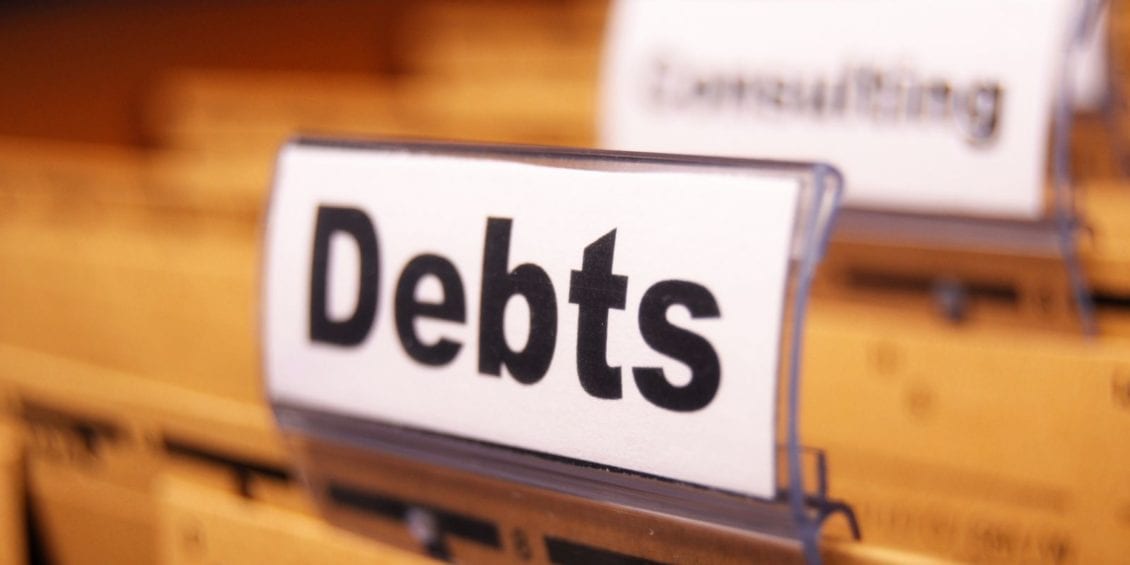Small businesses are struggling in Wales and across Britain as the effects of the lockdowns and the pandemic continue to be felt. Although grants have been allocated and the government has offered assistance to businesses, many companies continue to close.
Welsh unemployment figures rose by another 3,000 people in the first quarter of this year, as businesses struggled with mounting debt and lower revenues. Cash flow is vital to small businesses, and sometimes larger firms delay payments which can have a devastating effect on SMEs.
As the need for timely invoice payments grows, how can businesses get their debts paid without taking up valuable time?
The effect on businesses from late payments
A larger business may not fully understand the implications of late payments, but smaller firms certainly do. Multinational businesses sometimes lose touch with the outside world and delay payments intentionally to help their own cash flow.
The Government in Westminster announced towards the end of last year that they will be cracking down on late payments to small businesses. It was estimated that over £23 billion was owed on outstanding invoices.
On other occasions, late payments happen due to simple procrastination, forgetfulness, disputes over an order, problems with the invoice, or cash flow problems.
Failure to send out a correct invoice with the proper due date and order details can delay payments, If there is an issue with an order or defective products, then this can lead to a dispute, and a delay over payment.
Whatever the reasons for late payment, it can have two effects on a business. Firstly, late payment causes cash flow problems, and secondly, chasing late payments takes up valuable business time.
What happens to a business if it doesn’t receive payment on time?
It is probably fair to say that most businesses struggled during 2020 and continue to do so now. Wales alone received an additional £227 million to help businesses through the hardship of Covid. Certain businesses could apply for one-off grants of around £9,000.
These grants have been necessary due to incomes and revenues being slashed through lockdowns and social distancing. Even when businesses were open many people have chosen to stay away due to a fear of Covid.
As businesses struggle, many have ended up in debt, which has made paying suppliers and other creditors difficult. When this happens, the seller ends up with their own cash flow problems, which can continue down the line.
How can businesses reduce payment times?
Chasing debts can be stressful for both parties involved. Small businesses will often have long-standing relations with their suppliers and customers, and in an ideal world, they would continue to be mutually beneficial.
However, sometimes debts are not paid and then they have to be pursued. There are several steps to pursuing debt, and each one gets more serious. Finding a stress-free way to recover accounts receivable is highly desirable for both parties.
Communicating with the debtor should be the very first step. Unfortunately, some people might dodge phone calls, and this could be very time-consuming. Fortunately, there is software that can help with this.
Use software to pursue debts
Debt management software and cash collection systems can all help with getting invoices paid, and there is another type of platform that can reduce the time spent on communication.
Communication with debtors is vital to recovering debts, but it can use up a lot of time. Using payment follow up software to remind debtors is a very good way to keep in constant communication, but without using valuable business time.
Payment follow up software automatically invoices the customer, and continues to send reminders. The system displays all outstanding invoices and allows full control over collections. If an agreement is made to pay later then a claim can be suspended through the dashboard.
Does communication speed up payments?
Communication in all forms of business is vital to success, and debt management is no different. However, it is time-consuming. Using an automated system could reduce the time spent chasing debtors by around 80 percent. This means the seller is saving money as well as time.
These types of follow-up systems send out text messages, printed communication, and emails, to the customer. These constant reminders are more likely to result in faster payment than if a business only sent out an invoice and sat back and waited for payment.
If friendly forms of communication don’t work, then the system will start the debt collection process which is the last resort but will often result in swift payment.
How can businesses increase their cash flow?
Many small businesses are taking out loans due to bad credit and Covid, which in many cases will lead to debts they cannot pay. This is because cash flow is becoming a serious issue for many businesses, and is the reason so many have already closed down.
Thousands of independent small businesses have shut their doors for good over the last year, and many more will follow. The key to survival is maintaining a steady, healthy cash flow. This can be very difficult when debtors are paying late or refusing to pay at all.
In this instance, businesses need to look at other options for increasing their cash flow. Some options for increasing cash flow are as follows:
- Invoice factoring
- Invoice financing
- Payment plans
- Short term loans
All of these are ways to raise money when a business is struggling to get its invoices paid. But, are they viable options, or will they just lead to more stress and debt?
Invoice factoring and financing
If a business cannot get a customer to pay on time but believes that they will come good, they can use their accounts receivable as leverage.
There are two ways that a business can use its invoices to raise funds before the debts are paid. One is to sell them to a factor, and the other is two obtain a loan against them.
Factoring involves selling the invoices to a specialist type of lender. The business will receive a percentage of the total value, and the factor will become responsible for chasing the outstanding invoice.
Financing is where the business retains ownership of the invoices, but can borrow a short-term loan up against a percentage of the accounts receivable. Payt offers businesses systems that allow them to use their accounts receivable in this way.
Payment plans
This is one of the best ways to increase cash flow and reduce your customer debt, stress-free. Setting up a payment plan allows debtors to pay off their invoices at a steady but manageable rate. This means cash is consistently coming into the seller’s business.
Short term loans
These should only be taken out if the business believes that the debtor will soon pay off its invoices. Loans need to be paid back and short-term ones often incur high rates of interest.
Summary
Chasing debt can be stressful, and being chased for money, even more so. Without a steady cash flow, a business will run into trouble, sooner or later. Therefore, implementing systems that allow for a steady, friendly stream of communication makes sense.
Communication is the key to debt recovery without involving the heavies, and software can handle much of the work and free up time.







Leave a Reply
View Comments